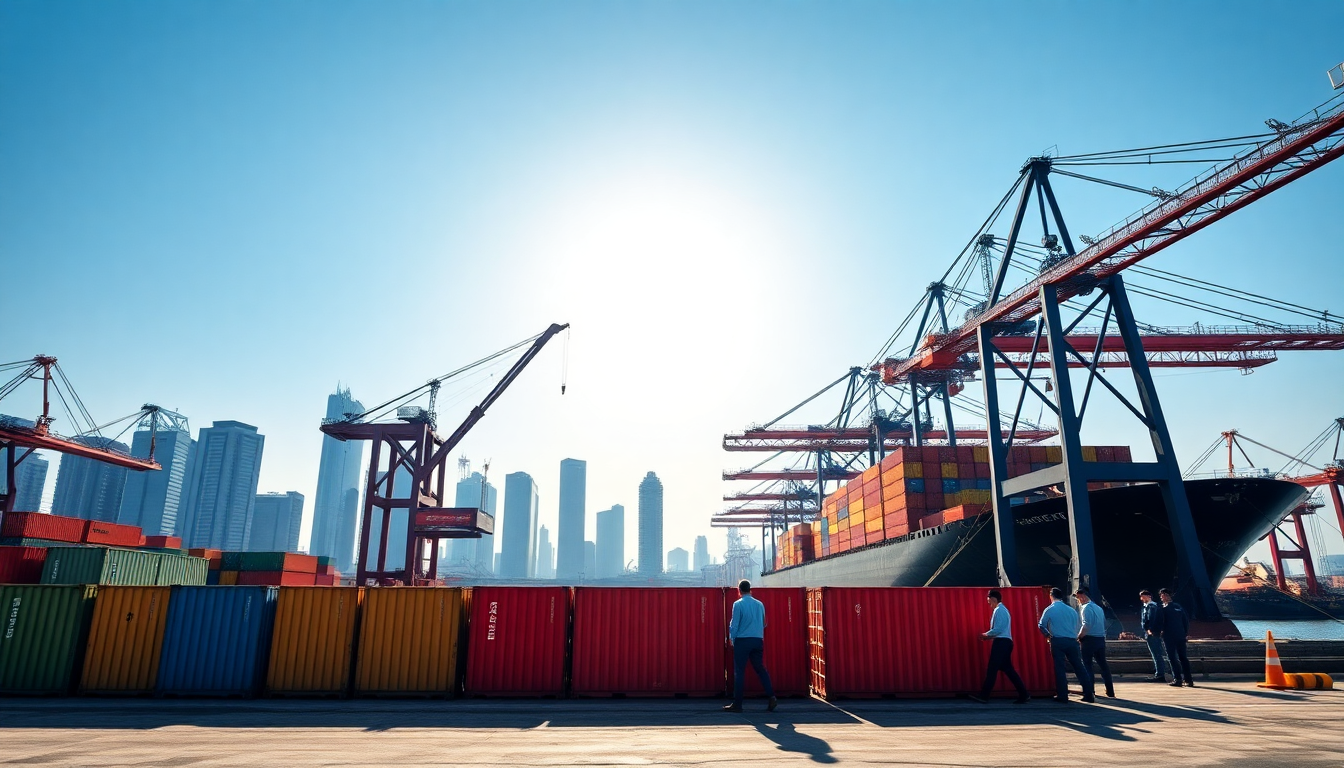Table of Contents
Right now, the global economy is going through a bit of a transformation. With a variety of factors at play, growth forecasts and trade dynamics are shifting in ways that have everyone paying attention. Recently, the International Monetary Fund (IMF) shared some insights that suggest a significant change in China’s economic path, leading analysts to rethink their outlook on global growth.
As trade tensions between major economies start to cool off, what does this mean for international trade and investment opportunities? Let’s dive in.
A Brighter Outlook for China’s Economic Growth
The IMF has made a noteworthy adjustment to its growth forecast for China in 2025, and this is a game changer in the global economy.
This upward revision is the largest among all countries in the IMF report and reflects a broader trend of economic resilience in China. Interestingly, the overall global economic growth forecast has also seen a slight increase of 0.2 percentage points, now sitting at 3 percent.
This highlights just how crucial China’s recovery is for maintaining global economic stability.
So, what’s behind this optimistic view of China’s economy? The IMF attributes it to several factors, but the standout is the stronger-than-expected economic activity we saw in the first half of the year.
Plus, with tariffs between the US and China easing, the trade environment has become more favorable, allowing China to effectively diversify its export partnerships.
Pierre-Olivier Gourinchas, the IMF’s chief economist, pointed out that China’s ability to boost exports to regions beyond the United States has been particularly impressive.
This diversification is key for China, especially as it works to cushion itself from any negative impacts of fluctuating trade relations with its largest trading partner.
Trade Dynamics: Navigating Challenges and Seizing Opportunities
Even with some bumps in the road, like a 10.9 percent drop in shipments to the US during the first half of the year, China’s overall trade performance still looks strong.
Customs data shows a 5.9 percent increase in total exports, mainly fueled by growing demand from Southeast Asia, Africa, and Europe. This shift not only showcases the resilience of China’s economy but also opens new doors for investors eager to explore emerging markets.
Sure, the decline in exports to the US raises eyebrows, especially with the potential for tariffs soaring as high as 245 percent. However, the fact that Chinese exporters are successfully pivoting to alternative markets reflects a level of strategic adaptability that might pay off in the long run. This kind of flexibility is essential for staying competitive in the global marketplace.
What This Means for Global Investment and Economic Recovery
As we take a closer look at these economic changes, it’s important to consider their broader implications for global investment strategies. Investors need to keep an eye on trade patterns and economic signals, because shifts in China’s trade dynamics are bound to ripple through global markets.
Moreover, China’s economic recovery could act as a bellwether for other nations facing similar challenges. The relationship between domestic policies, international affairs, and economic performance will be critical in shaping the investment landscape in the years to come.
In conclusion, the IMF’s revised growth forecasts hint at a positive shift in the global economic outlook, all thanks to China’s resilience and adaptability. For stakeholders across various sectors, staying proactive in assessing these changes is crucial, as they present both challenges and opportunities in our ever-evolving global market. So, how will you adapt to these shifts? The future is full of possibilities!





